Search Images
Browse Content (p. 1534)
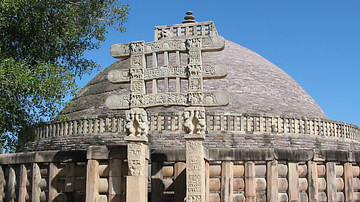
Image
Sanchi Stupa
The Great Stupa at Sanchi, 3rd century BCE to 1st century CE.
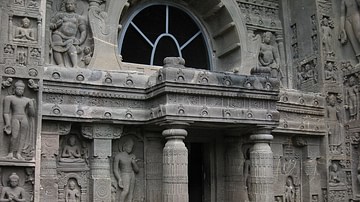
Image
Cave 19, Ajanta, Deccan
The chaitya facade of Cave 19, Ajanta, north-west Deccan, India. The columned porch, cushion column capitals, and ornate decorative sculpture are typical of Gupta architecture (4-6th century CE). The relief panels show scenes from the life...
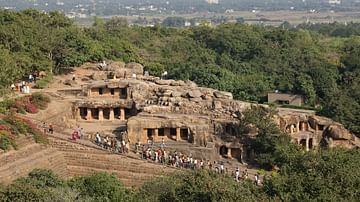
Image
Udayagiri Caves, Madhya Pradesh
The Udayagiri caves in Madhya Pradesh, India. The rock-cut caves were constructed in the early Gupta Period (4th century CE) and functioned as Hindu shrines.
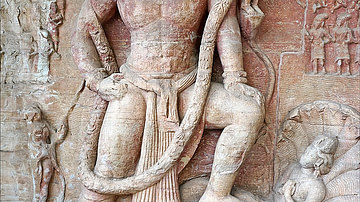
Image
Vishnu as Varaha, Udayagiri Caves
A sculpted panel at the Gupta-period (4th-6th century CE) caves of Udayagiri, Madhya Pradesh, India. The caves are rock-cut Hindu shrines and this panel shows Vishnu as the boar-headed incarnation Varaha. The god rises from the cosmic waters...
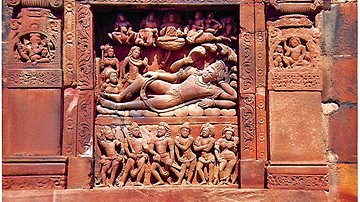
Image
Vishnu Anantasayana Panel, Dashavatara Temple, Deogarh
The Vishnu Anantasayana panel, Dashavatara Temple, Deogarh. 5th-6th century CE. The Gupta-period sculpture adorning the temple includes many images from Hindu mythology. This celebrated panel from the south wall of the temple has Vishnu reclining...
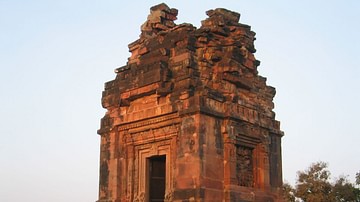
Image
Dashavatara Temple, Deogarh
The Gupta style Dashavatara temple, Deogarh in Madhya Pradesh, India. 5th-6th Century CE.
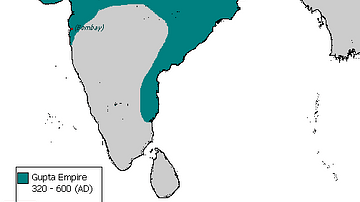
Image
Gupta Empire
A map showing the maximum extent of the Gupta Empire in northern India, c. 320-550 CE.
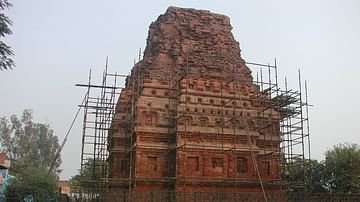
Image
Bhitargaon
The brick shikhara tower of the Hindu temple at Bhitargaon, Uttar Pradesh, northern India. Built in the late 5th century CE during the Gupta reign it is one of the oldest surviving Hindu temple buildings in existence.
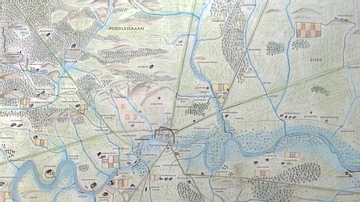
Image
Map of Anglo-Saxon London
This is a map of Anglo-Saxon London between circa 500 CE and 1066 CE. The main purpose of this map is to highlight those place names which can still be recognized in modern London. As this map spans over 500 years, some of these places may...
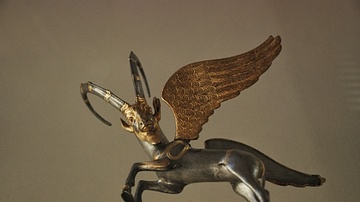
Image
Winged Ibex Vessel Handle
This winged ibex was a handle for a metal amphora-shaped vessel, made in the 4th century BCE in Achaemenid Persia. This high level of detail was achieved through the use of lost-wax technique. It has been suggested that this piece of art...